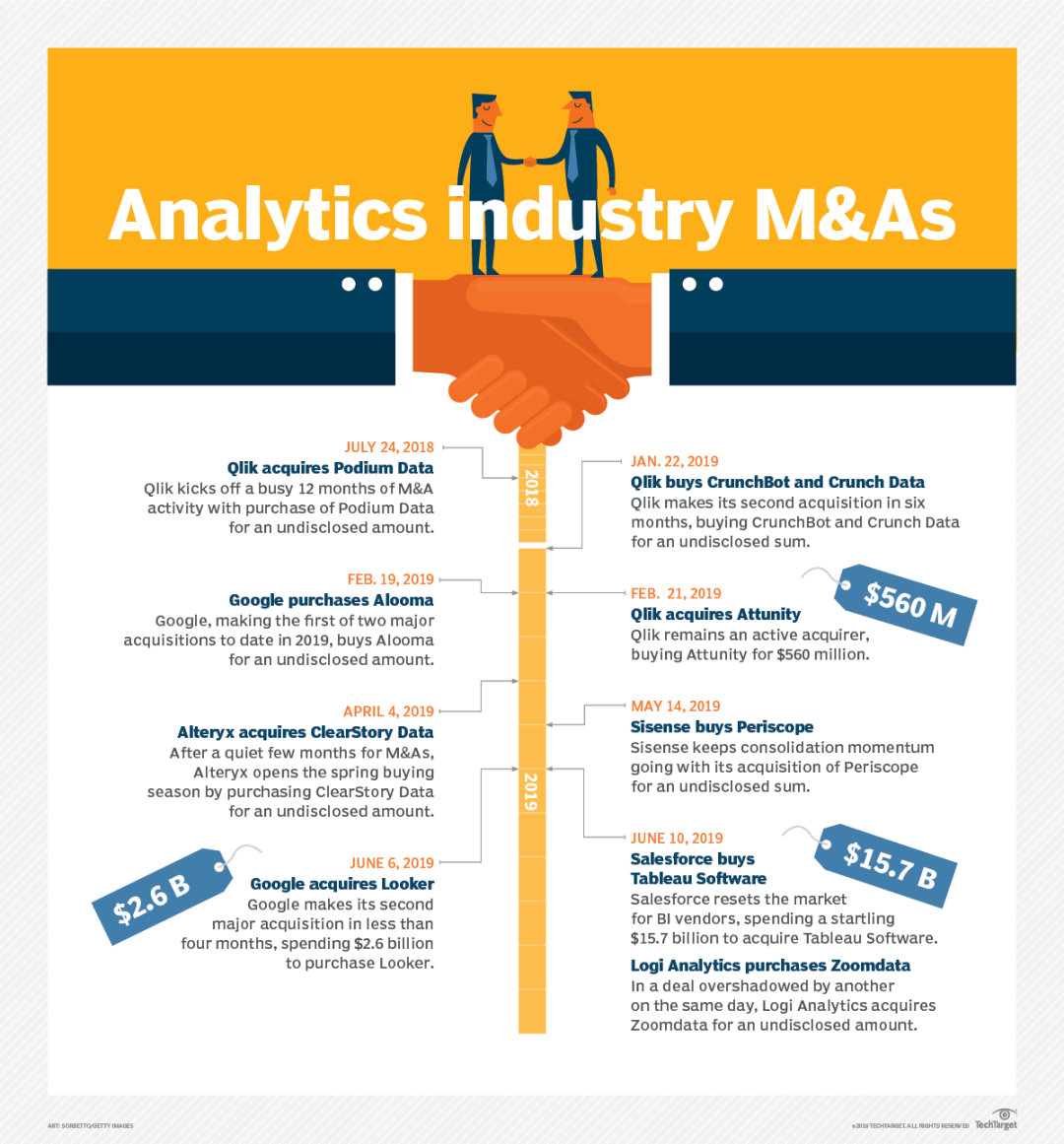Merger and Acquisition (M&A) Activity: A Comprehensive Overview
In the dynamic world of business, companies are constantly seeking ways to expand, adapt, and gain a competitive edge. Merger and acquisition (M&A) activity plays a pivotal role in achieving these strategic goals. M&A involves the consolidation of two or more companies into a single entity, resulting in a shift in ownership and control. These transactions can range from friendly mergers between equals to hostile takeovers, where one company forcibly acquires another.

M&A activity encompasses a diverse range of transactions, each with its own unique characteristics and implications. Here’s a breakdown of the primary types of M&A:
1. Merger: A merger occurs when two or more companies of similar size and scope combine to form a new single entity. This consolidation often results in a larger, more diversified company with enhanced economies of scale and a broader market reach.
2. Acquisition: In an acquisition, one company, the acquirer, takes control of another company, the target, by purchasing a majority of its shares or assets. The target’s identity typically disappears, while the acquirer expands its operations and gains access to new assets or markets.
3. Consolidation: Consolidation is a specific type of merger where one or more companies merge into an existing company, which then becomes the surviving entity. This process often involves the dissolution of the merging companies, with their assets and liabilities being absorbed by the surviving entity.
Companies engage in M&A for a variety of reasons, each seeking to achieve specific strategic objectives. Common motivations include:
1. Expansion and Growth: M&A can propel a company’s growth by expanding its market reach, acquiring new products or technologies, or gaining access to new customer bases.
2. Synergy and Efficiency: Merging or acquiring companies can create synergies, combining complementary strengths and resources to reduce costs, enhance operational efficiency, and improve overall profitability.
3. Market Power and Competitive Advantage: M&A can strengthen a company’s market position by eliminating competitors, increasing its market share, and enhancing its bargaining power with suppliers and customers.
4. Diversification and Risk Mitigation: Diversifying through M&A can reduce a company’s exposure to industry-specific risks, providing stability and resilience in the face of economic downturns or market fluctuations.
5. Access to Resources and Talent: M&A can provide access to critical resources, such as raw materials, intellectual property, or specialized talent, which can be difficult or costly to acquire organically.
M&A transactions involve a complex and multifaceted process that requires careful planning, negotiation, and execution. Here’s a simplified overview of the key steps:
1. Identification and Evaluation: The process begins with identifying target companies that align with the acquirer’s strategic goals. A thorough evaluation is conducted to assess the target’s financial health, market position, and potential synergies.
2. Negotiation and Structuring: Once a target is identified, the acquirer approaches the target company or its shareholders to negotiate the terms of the deal. This involves determining the valuation of the target, the form of consideration (cash, stock, or a combination), and the legal and regulatory requirements.
3. Due Diligence: A comprehensive due diligence process is conducted to scrutinize the target’s financial records, legal standing, operational processes, and potential liabilities. This is crucial to mitigate risks and ensure the viability of the transaction.
4. Financing and Approvals: The acquirer secures the necessary financing to fund the acquisition, which may involve debt, equity, or a combination of both. Regulatory approvals may also be required from antitrust authorities or other relevant government agencies.
5. Closure and Integration: Upon successful completion of the due diligence, financing, and regulatory processes, the transaction is finalized. This involves the transfer of ownership, integration of operations, and communication to stakeholders.
The success of an M&A transaction hinges not only on the strategic rationale but also on the effective integration of the merging or acquired companies. Key factors for successful post-merger integration include:
1. Clear Communication and Change Management: Open and transparent communication with employees at all levels is essential to manage expectations, address concerns, and foster a sense of unity.
2. Cultural Alignment and Integration: Merging different corporate cultures requires careful planning and sensitivity to ensure a smooth transition and minimize cultural clashes.
3. Operational Integration and Synergy Realization: Integrating operations, systems, and processes is crucial to eliminate redundancies, streamline operations, and achieve the anticipated synergies.
4. Performance Measurement and Tracking: Establishing clear performance metrics and tracking progress against targets are essential to evaluate


